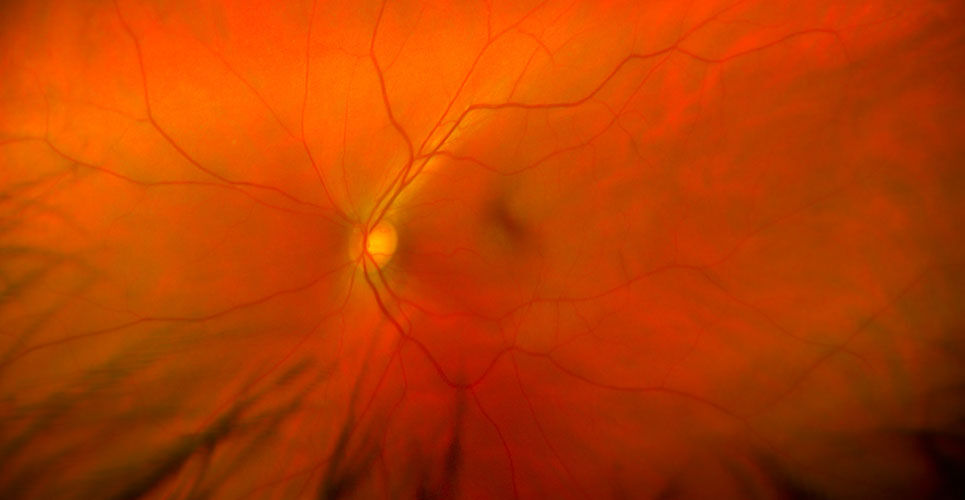The risk of retinopathy from use of hydroxychloroquine is less than 10% over 15 years for most patients with cases generally mild in nature
Hydroxychloroquine induced vision-threatening retinopathy presents in a small proportion of patients prescribed the drug for extended periods of time and is mild in most cases according to the findings of a long-term cohort study by US and Canadian researchers.
As an anti-rheumatic treatment, hydroxychloroquine provides a survival benefit for patients with autoimmune diseases such as systemic lupus erythematosus. However, a recognised adverse effect of the drug is retinopathy although the summary of product characteristics (SPC) of the drug suggests that this complication is very uncommon, provided that the recommended daily dose is not exceeded. Despite this assertion, there is a lack of data on the incidence of retinopathy associated with longer term use.
In the present study, researchers undertook a cohort study, including patients aged 18 years and older who were prescribed hydroxychloroquine between 2004 and 2020 and who participated in retinal screening. The primary outcome for the study was hydroxychloroquine induced retinopathy. The risk of developing retinopathy was estimated over a 15-year period based on a weight-based dose of the drug, i.e., > 6 mg/kg/day (which is not advised by the SPC), 5 to 6 mg or < 5 mg/kg/day.
Hydroxychloroquine and development of retinopathy
A total of 3,325 individuals with a mean age of 58.2 years (82.7% female) were included and who had used the drug between 2004 and 2014 and then continued for a further 5 years. Overall, 65.4% were given a dose of 5 mg/kg or less and 18.6% received more than 6 mg/kg/day.
Among the entire cohort, 81 individuals developed retinopathy; 56 with mild disease, 17 moderate and 8 severe. The authors calculated a cumulative incidence of retinopathy of 2.5% over 10 years and 8.6% over 15 years.
Among patients prescribed doses in excess of 6 mg/kg/day, the cumulative risk was much higher at 21.6% compared to only 2.7% for a dose of 5 mg/kg/day. In addition, the risk for severe retinopathy at 15 years was only 1.1%.
The authors concluded that the overall risk of hydroxychloroquine retinopathy was 8.6% after 15 years and that most cases were mild, though cautioned that higher doses were associated with a greater incident risk.
Citation
Melles RB et al. Hydroxychloroquine Dose and Risk for Incident Retinopathy : A Cohort Study. Ann Intern Med 2023

